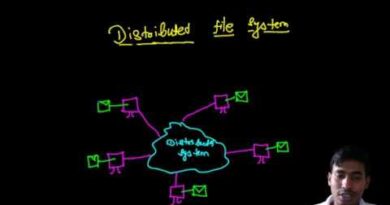An Introduction to fault Tolerance-Tolerate Definition
An Introduction to fault Tolerance-Tolerate Definition.
Fault Tolerance refers to the ability of a system, network, or software to continue functioning correctly even in the event of a failure or fault in one or more of its components. It ensures that the system maintains its operations and minimizes the impact of errors, making it reliable and resilient.
Contents [hide]
Key Concepts of Fault Tolerance:
- Redundancy: Using duplicate components to replace faulty ones.
- Error Detection: Identifying errors to take corrective measures.
- Error Correction: Automatically correcting detected errors.
- Graceful Degradation: Gradual loss of performance rather than complete failure.
- Recovery Mechanisms: Techniques like rollback, checkpointing, and failover to restore system integrity.
Would you like a more detailed explanation or examples of fault-tolerant systems?


